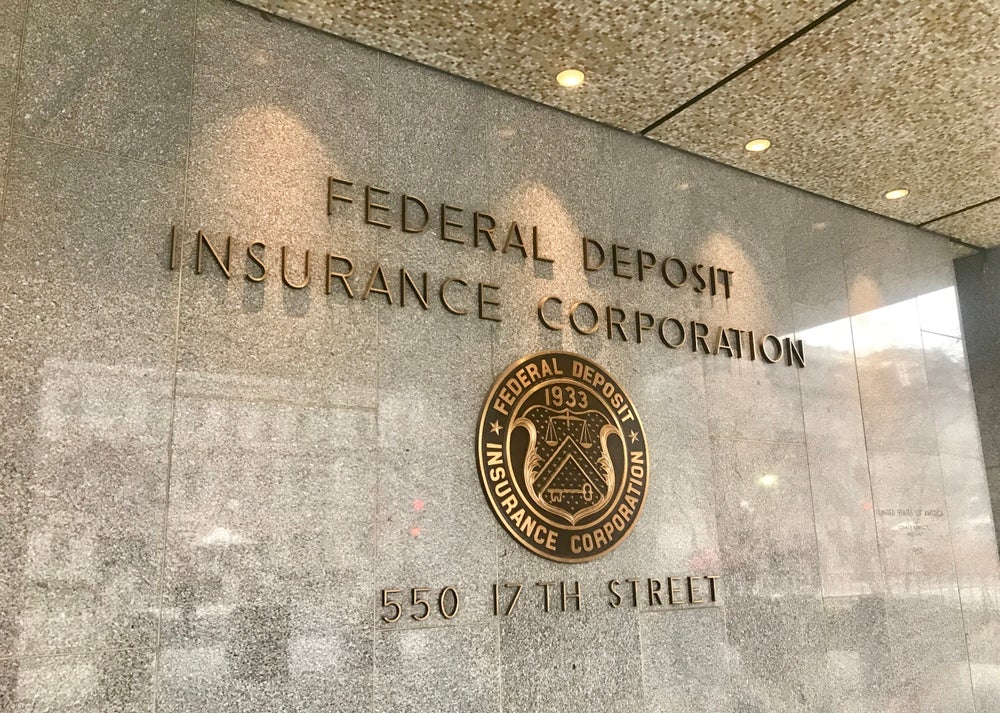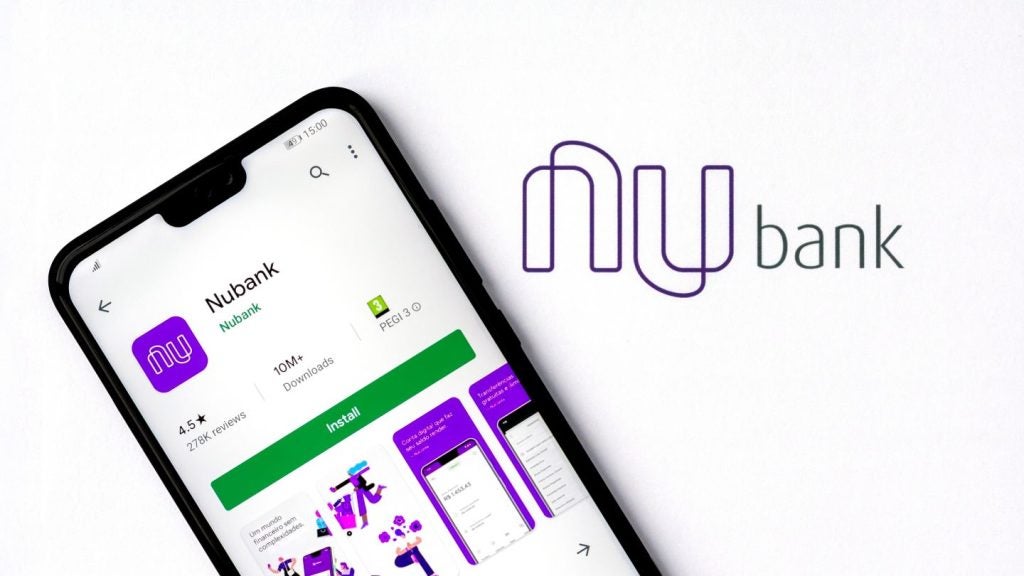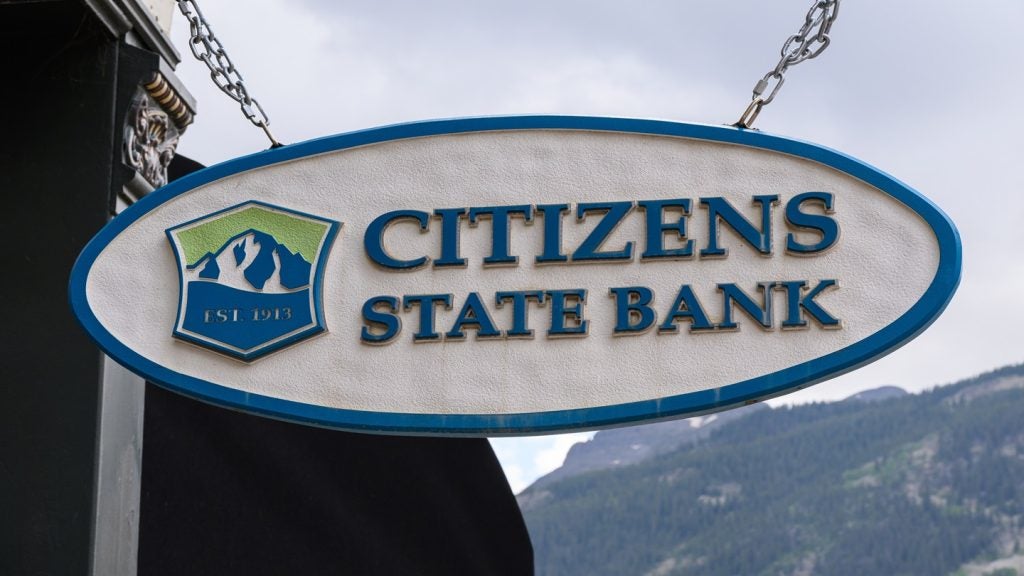
Reports from 4,568 commercial banks and savings institutions insured by the Federal Deposit Insurance Corporation (FDIC) report aggregate net income of $64.2bn in first quarter of 2024. This is down 19% from the year ago quarter but up 79.5% from the prior quarter.
A large decline in non-interest expense because of several substantial, non-recurring items recognised by large banks in the prior quarter, as well as higher non-interest income and lower provision expenses this quarter, contributes to the quarter-on-quarter increase. Specifically, lower provision expenses drop by 17.3% from the prior quarter.
The banking industry reported an aggregate return-on-assets ratio (ROA) of 1.08% in first quarter 2024. This is up from 0.61% in fourth quarter 2023 but down from 1.36% in first quarter 2023.
Community bank net income increases quarter over quarter
Quarterly net income for the 4,128 community banks insured by the FDIC was $6.3bn in the first quarter. This is up by 6.1% from the prior quarter. Lower realised losses on the sale of securities and lower non-interest and provision expenses more than offset lower non-interest and net interest income. The community bank pre-tax ROA increases six basis points from one quarter ago to 1.13%.
Net interest margin falls for the second consecutive quarter
The industry’s net interest margin (NIM) declines ten basis points to 3.17% in the first quarter. NIM declines as funding costs continue to increase while the yield on earning assets declines during the quarter. The industry’s first-quarter NIM is seven basis points below the pre-pandemic average NIM.
Asset quality metrics remain favourable with exception of deterioration in credit card and CRE portfolios
Loans 90 days or more past due or in nonaccrual status increase to 0.91% of total loans. This is up five basis points from the prior quarter and 16 basis points from the year-ago quarter. The quarterly increase was led by commercial and industrial loans and non-owner-occupied CRE loans. Despite the recent increases, the industry’s total noncurrent ratio remains 37 basis points below the pre-pandemic average of 1.28%.

US Tariffs are shifting - will you react or anticipate?
Don’t let policy changes catch you off guard. Stay proactive with real-time data and expert analysis.
By GlobalDataThe industry’s net charge-off rate of 0.65% is unchanged from the prior quarter. But the figure rises by 24 basis points from the year ago quarter. This ratio remains 17 basis points above the pre-pandemic average. The credit card net charge-off rate of 4.70% in the first quarter is up 55 basis points quarter over quarter. It is now at its highest rate since the third quarter of 2011.
Loan balances declined modestly from the prior quarter, but increased from a year ago
Total loan and lease balances decline 0.3% from the previous quarter. The decline is driven by lower credit card loans, down 3.2% and auto loans down 1.4%, primarily at large banks. Total loan and lease balances increase by 1.7% from the prior year. This increase is led by credit card loans (up 10.0%.
Domestic deposits increased for the second consecutive quarter
Domestic deposits increase 1.1% from fourth quarter 2023, marking a second consecutive quarterly increase. Growth in transaction accounts led the increase, up 4.0%. This offsets a decline in savings deposit balances, down 1.5%. After seven consecutive quarters of growth, brokered deposits decline 0.8% from the prior quarter.
The total number of insured institutions declined by 19 during the quarter to 4,568. One bank opened, four banks did not file a report, and 16 institutions merged with other banks during the quarter.







